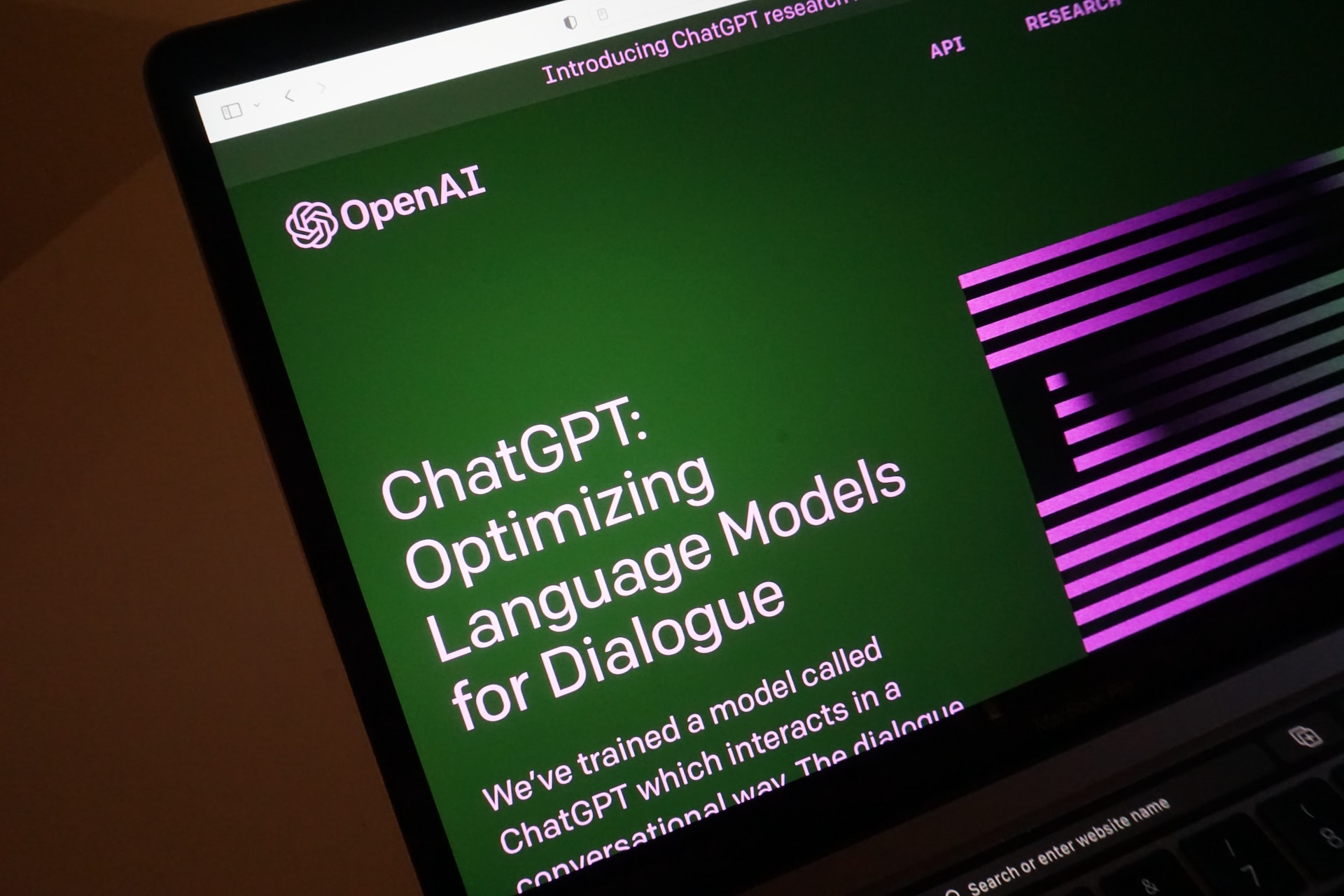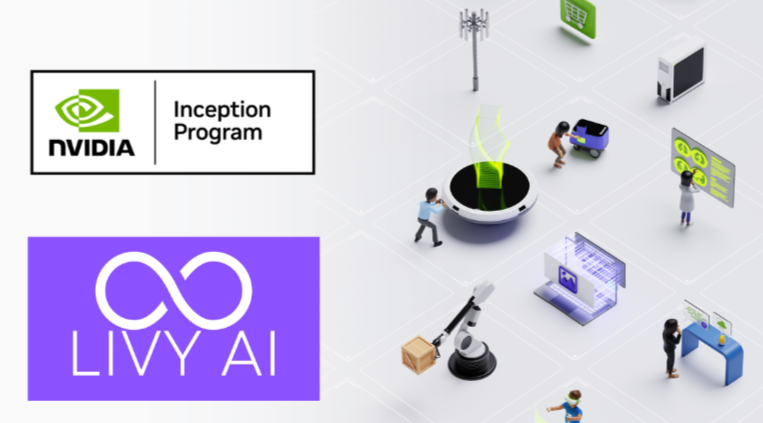
Unveiling the Mechanics of Large Language Models Like ChatGPT
In the digital age, the emergence of Large Language Models (LLMs) like ChatGPT has revolutionized the way we interact with machines. These advanced AI systems have the ability to understand and generate human-like text, making them invaluable across various sectors. But how exactly do these complex models work? Let's dive into the world of LLMs and uncover the technology that powers ChatGPT.
Understanding the Foundation of LLMs
At their core, LLMs like ChatGPT are built on a framework known as the Transformer architecture. This system is designed to handle sequential data, making it perfect for processing and predicting language patterns. The Transformer uses what's known as 'attention mechanisms' to weigh the importance of different words in a sentence, allowing the model to generate contextually relevant responses.
The Training Process
Training an LLM is a resource-intensive process that involves feeding the model vast amounts of text data. This data comes from a variety of sources, including books, websites, and articles, encompassing a wide spectrum of human knowledge and language use. Through a process called 'unsupervised learning,' ChatGPT analyzes this data to understand language structures, nuances, and the intricacies of human communication.
Fine-Tuning for Precision
Once the initial training is complete, LLMs undergo fine-tuning to specialize in specific tasks or improve their performance in certain areas. This involves additional training with a more targeted dataset, allowing the model to hone its skills and provide more accurate responses in particular contexts.
Generative Capabilities
What sets LLMs apart is their generative capability. Unlike traditional models that simply classify or predict text based on input, ChatGPT can create entirely new content. From writing essays to composing poetry, the model uses its understanding of language patterns to generate coherent and contextually appropriate text.
Ethical and Safe AI Practices
As LLMs become more integrated into our daily lives, ensuring their ethical use is paramount. OpenAI, the organization behind ChatGPT, implements rigorous safety and fairness protocols. These measures are designed to prevent the model from generating harmful content and to promote unbiased, fair responses.
The Future of LLMs
The potential applications for LLMs are vast, from automating customer service interactions to aiding in educational settings. As technology advances, we can expect LLMs to become even more sophisticated, with improved understanding and generation of human language.
Key Takeaways
- LLMs like ChatGPT are based on the Transformer architecture, which uses attention mechanisms to process language.
- They are trained on diverse datasets, encompassing a broad range of human knowledge.
- Fine-tuning allows these models to specialize in specific tasks or improve in certain areas.
- ChatGPT's generative capabilities enable it to create new, contextually relevant text.
- Ethical and safety considerations are crucial in the development and deployment of LLMs.
- The future of LLMs holds promising advancements for various applications.
Understanding how LLMs like ChatGPT work gives us a glimpse into the future of AI and its potential to enhance human-machine interaction. As we continue to develop these models, their impact on society will undoubtedly grow, opening new avenues for innovation and creativity.

